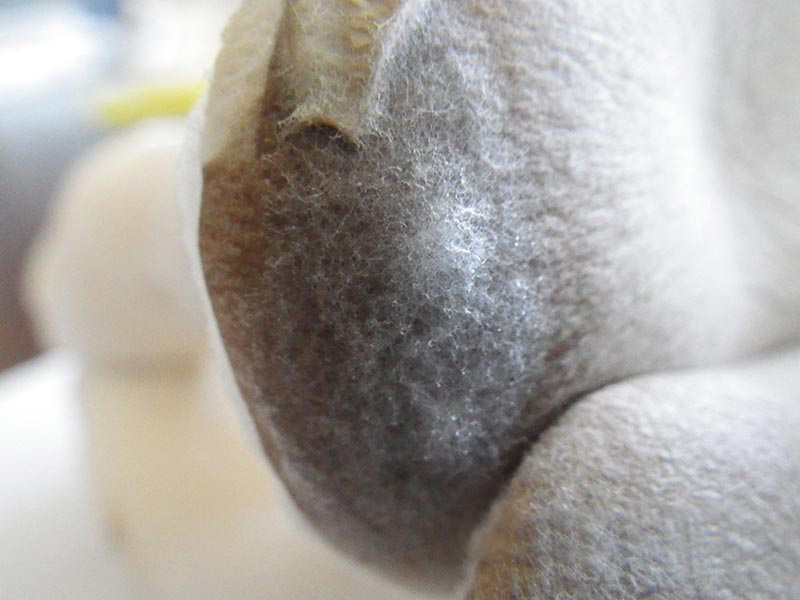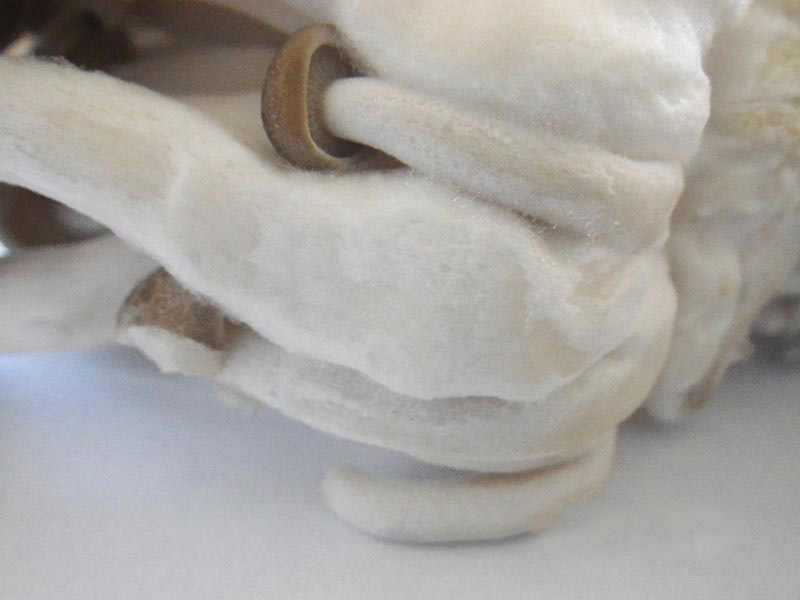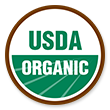There are white powders on the mushroom, Is it safe?
A.
These white powders are spores, which are like seeds. They will sprout to hypha (fungi fiber) and may look like mold. This part of the mushroom is harmless and edible.
In nature, mushrooms sprout in Fall, when the conditions, temperature and humidity, are best for growth. Similarly, Hokto mushrooms even after packaging are still alive which is why sometimes they try to produce another strain of mushroom. These fungi fibers are part of mushroom and thus are safe to consume.



